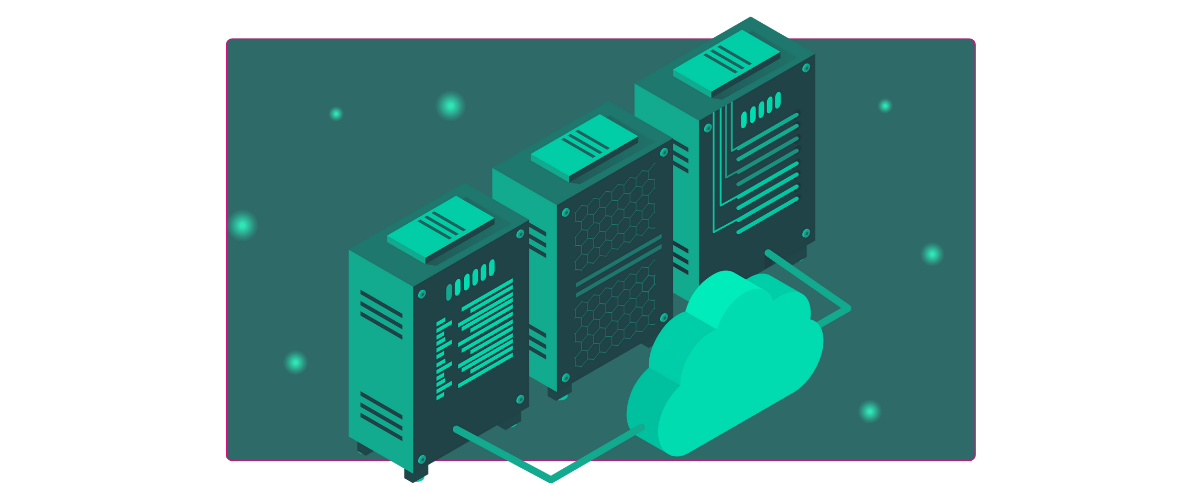An internal developer platform (IDP) bridges the gap between development and operations. By automating routine tasks, IDPs allow you to focus on writing code rather than getting bogged down with manual operations. This automation not only saves time but also ensures consistency and efficiency in your workflow.
Moreover, IDPs enhance collaboration between development and operations teams. By providing a unified platform, everyone can work together more effectively. Access to necessary tools and infrastructure becomes seamless, reducing wait times and boosting productivity. This leads to faster time to market, higher-quality software, and a more motivated development team.
Kickstarting Projects with Ease
Internal Developer Platforms (IDPs) provide a robust foundation for setting up new projects swiftly. They offer pre-configured templates and ready-to-use configurations, allowing you to bootstrap your projects without delay. This reduces the time spent on repetitive setup tasks and ensures consistency across projects.
Temporary environments can be created effortlessly for testing and experimentation. Rather than waiting for operations teams to provision these environments, you can spin them up on-demand, ensuring a more agile development process.
Service creation and integration have become simpler with internal developer platforms. These platforms streamline the process, allowing you to add and connect new services with minimal hassle. Whether you are building microservices or integrating third-party APIs, IDPs handle the complexities along the way.
Infrastructure provisioning is automated to maintain consistent environments. This automation removes the manual setup process, ensuring your infrastructure aligns with your development needs every time you start a new project.
IDPs handle dependency management by automatically installing and managing project dependencies. This prevents issues related to missing libraries or package conflicts, keeping your development flow smooth.
Code repository setup is also simplified. With just a few clicks, you can create and configure repositories with optimal settings, ensuring your codebase is organized and version-controlled from the start.
Finally, IDPs automate environment configuration and access control. Environment variables and configuration files are set up automatically, and team members are granted the necessary access permissions, reducing administrative overhead and keeping your focus on coding.
Optimizing the Ongoing Development Cycle
This stage focuses on making the Software Development Lifecycle (SDLC) more efficient, enabling quicker releases, and ensuring reliable day-to-day operations. Internal Developer Platforms (IDPs) greatly enhance these operations in several ways: IDPs help you manage your work more efficiently, save time, and streamline operations by improving these areas. This leads to faster provisioning of infrastructure and quicker adoption of necessary actions within organizations.

The Key to a Thriving Development Ecosystem
Enhanced Developer Productivity: Internal Developer Platforms (IDPs) remove the burden of repetitive tasks, enabling you to focus on more complex problem-solving and creative coding.
Strengthened Collaboration: IDPs provide a unified platform for development and operations teams, ensuring seamless communication and teamwork.
Simplified Access to Tools and Infrastructure: With IDPs, you gain easy access to all necessary tools and infrastructure, eliminating delays and boosting efficiency.
Accelerated Time-to-Market: Streamlined workflows and automation result in faster development cycles, allowing quicker product releases.
Improved Software Quality: Automated testing and deployment processes guarantee high code quality, reducing errors and ensuring reliable software.
Increased Developer Satisfaction: IDPs’ more efficient and enjoyable development environment leads to higher developer satisfaction and motivation.
Conclusion
Internal Developer Platforms (IDPs) are essential for enhancing developer experience, driving productivity, and fostering innovation. Platforms like Qubinets support developers, helping them ship products faster. By offering self-service capabilities and automated processes, IDPs empower developers to focus on creating high-quality applications efficiently. As software development continues to evolve, relying on tools like Internal Developer Platforms will be key to building successful and efficient development teams.






